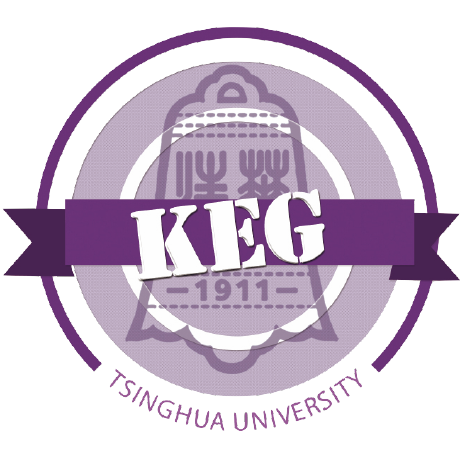Discover and explore top open-source AI tools and projects—updated daily.
Optimus by  ChunyuanLI
ChunyuanLI
VAE language model for latent space sentence manipulation
Top 73.3% on SourcePulse
Optimus is a pre-trained Variational Autoencoder (VAE) language model designed for organizing and manipulating sentences within a compact, smooth latent space. It targets researchers and practitioners in Natural Language Processing (NLP) looking to explore latent space properties for tasks like sentence interpolation, analogy, and guided generation. The primary benefit is enabling structured control and understanding of sentence semantics.
How It Works
Optimus employs a VAE architecture, comprising an encoder for representation learning and a decoder for generation. Sentences are mapped into a pre-trained latent space, allowing for manipulation and organization. This approach is advantageous for its ability to create a smooth and disentangled latent representation, facilitating semantically meaningful operations on text.
Quick Start & Requirements
- Installation: Docker image
chunyl/pytorch-transformers:v2is recommended. Detailed environment setup instructions are indoc/env.md. - Prerequisites: PyTorch, Python. Specific dependencies are detailed in
doc/env.md. - Data: Datasets need to be downloaded or prepared following instructions in
data/download_datasets.md. - Resources: Pre-training was conducted on Microsoft's internal Philly compute cluster, suggesting significant multi-node, multi-GPU resources are required for reproduction.
Highlighted Details
- Enables latent space manipulation, including sentence interpolation and analogy.
- Provides fine-tuning code for language modeling and guided language generation.
- Includes scripts for low-resource language understanding tasks.
- Offers tools to collect and plot results, with an IPython notebook for visualization.
Maintenance & Community
The project is associated with Microsoft Research and the EMNLP 2020 paper "Optimus: Organizing Sentences via Pre-trained Modeling of a Latent Space." Contact information for questions is provided.
Licensing & Compatibility
The repository does not explicitly state a license. Compatibility for commercial use or closed-source linking is not specified.
Limitations & Caveats
The pre-training code is specialized for Microsoft's internal Philly compute cluster, requiring adjustments for other distributed training environments. The README does not specify a license, which may impact commercial adoption.
2 years ago
Inactive

 Aleph-Alpha-Research
Aleph-Alpha-Research Langboat
Langboat YangBin1729
YangBin1729 dipanjanS
dipanjanS scoutbee
scoutbee Y1ran
Y1ran jsksxs360
jsksxs360 huggingface
huggingface THUDM
THUDM zihangdai
zihangdai microsoft
microsoft oxford-cs-deepnlp-2017
oxford-cs-deepnlp-2017